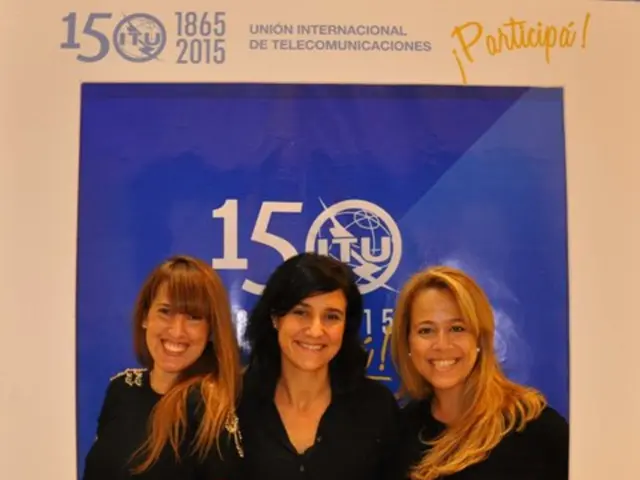Budget-conscious Golfers Embracing Cancer Charity's Membership Drive
A clever strategy by The Melanoma Fund aimed to convince golfers to take better care of their skin, focusing on geographic, audience, and contextual targeting. This charity picked golfers and greenkeepers as their target audience due to their increased risk of developing melanoma, making early detection crucial.
SBS, a programmatic agency, was put in charge of launching a campaign to boost online awareness for this cause and get golfers to join the Pledge2Check scheme. The goal? Secure over 500 registrations with a powerful call-to-action that would ensure those who pledged followed through with necessary checks, all on a budget.
Traditional paid media strategies like social media ads couldn't scale up as planned, so the focus was on organic reach and strategic partnerships to enhance the impact of the paid media. SBS cleverly targeted the UK's golfers and outdoor sports enthusiasts using a mix of geographic, audience, and contextual elements.
Messaging about sun exposure risks and the importance of skin checks were tailored according to key personas such as senior and young golfers, outdoor sports parents, greenkeepers, and golf club managers. After identifying the most effective channels, the agency reached out to golf clubs to encourage sign-ups and partnered with golf organizations and governing bodies to bolster credibility and increase reach.
Credit goes to SBS for obtaining media mentions from key outlets thanks to both existing industry connections and smart ad placements. The synergy between paid and non-paid exposure was one of the campaign's strengths, especially for a charity of this size.
The campaign mainly targeted BBC Radio 4, trade magazines, industry newsletters, websites, and social media, maximizing visibility. Influencer collaborations amplified the campaign's impact, and LinkedIn was essential, owing to its professional network and direct engagement with golfers.
By leveraging these channels, the message reached those most at risk, leading to over 600 golfers and greenkeepers signing up—an impressive result for a charity of this size. The campaign's success hinged on a hyper-targeted approach, ensuring not just reaching the right audience but driving meaningful engagement leading to sign-ups and long-term participation.
Optimization and an ROAS (Return on Ad Spend) strategy helped combat banner fatigue, enabling the team to reach interested audiences more effectively, maximizing clicks and sign-ups and maintaining engagement levels. While the number of clubs may have seemed small to some, this was genuinely significant for the client.
In a nutshell, this campaign showcased how geographic, audience, and contextual targeting, along with strategic partnerships and effective media usage, can make a real impact, particularly for an important cause like sun safety and melanoma awareness.
Featured image: Markus Spiske / Pexels
Note: Specific data like exact sign-up numbers, conversion rates, or campaign budgets are typically found in official reports or case studies. This analysis primarily focuses on best practices and likely success factors based on industry standards.
- The Melanoma Fund strategically aimed to convince golfers and greenkeepers to prioritize skin care, using geographic, audience, and contextual targeting.
- SBS, the programmatic agency responsible for the campaign, focused on organic reach and strategic partnerships to boost online awareness for this cause.
- Messaging about sun exposure risks and the importance of skin checks were tailored for various personas, including senior and young golfers, outdoor sports parents, greenkeepers, and golf club managers.
- To increase reach and credibility, SBS partnered with golf clubs, organizations, and governing bodies, while also obtaining media mentions from key outlets.
- The campaign primarily targeted BBC Radio 4, trade magazines, industry newsletters, websites, and social media, maximizing visibility and leveraging influencer collaborations on platforms like LinkedIn.
- By optimizing and implementing an ROAS strategy, the team was able to combat banner fatigue and effectively reach interested audiences, leading to over 600 golfers and greenkeepers signing up, making a substantial impact on sun safety and melanoma awareness.







